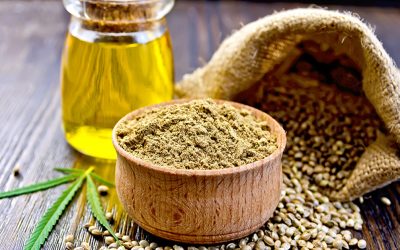Knowledge Center
The Wenger Group Focus On Mycotoxins
We offer the best-in-class mycotoxin management established by a differentiated Mycotoxin Risk Management program comprising of preventive, detective, and corrective control strategies.
Enhanced Customer Value Through Product Differentiation: Hemp Feed and Hemp Eggs
A part of Wenger’s mission is enhancing customer value through product differentiation. To that end, Wenger Feeds partnered with a customer in their research and production of Hemp Eggs. This multi-year effort recently resulted in the launch of the first ever Hemp Egg...
How To Read Your Delivery Ticket
To avoid errors, please read your ticket. Use this handy guide for tips.


